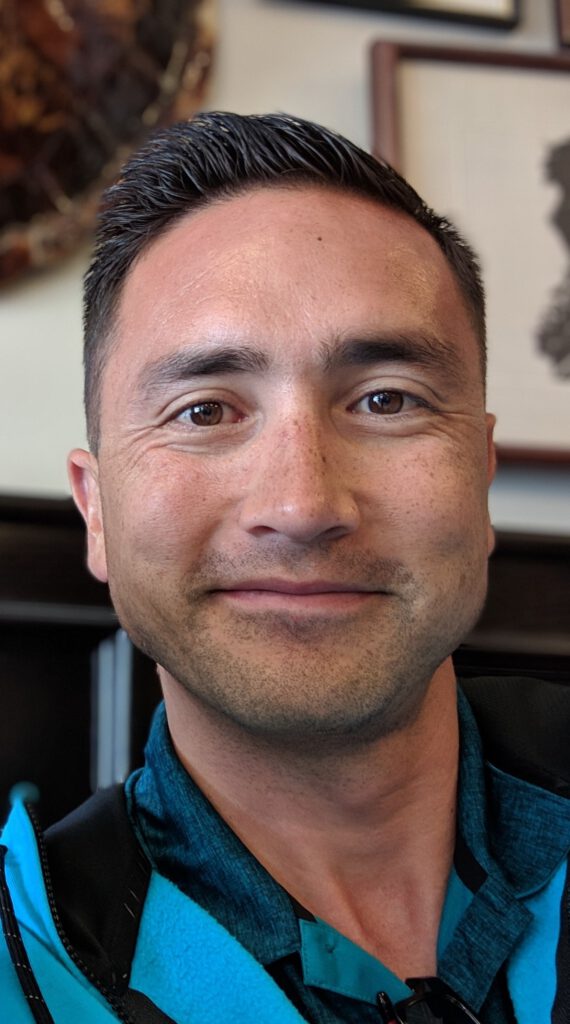Reverse mortgage lenders large and small have come to rely on the data and analysis of Reverse Market Insight over the years, since the company launched in 2007. Under the leadership of co-founder John Lunde, the company offers industry data analysis including market-level data lenders can use to help drive their business forward.

What many may not know is how Lunde got his start in reverse mortgages, and how he brought experience as an analyst for other industries to the reverse mortgage industry.
This Origins interview gains insight from Lunde on his beginnings in the business as well as the ways in which he has seen it change, improve, and gain traction for the future of retirement in the U.S.
How long have you been working as an analyst, and when did you specifically turn your attention to the reverse business?
I started as an analyst with a mutual fund company in 2000 and worked in several other industries (arbitrage trading, wireless telecom, title/escrow) before entering reverse with Financial Freedom in 2004.
How did you first learn about the reverse mortgage product, and what was the process like for your “reverse mortgage education,” so to speak?
I learned about reverse as part of researching Financial Freedom before my interview. I thought it was an interesting concept but didn’t fully appreciate the appeal until it was explained to me in the interview by [then-Financial Freedom executives] Dick Hadik and Bart Johnson.
What was the major need you identified for the reverse industry as the reason behind founding RMI?
Together with my business partners, it seemed in early 2007 that the fast growing industry (~50% annual origination growth prior 3 years) would need more sophisticated market data and tools to continue growing.
We looked around at what existed in the forward mortgage industry at the time, in particular McDash Analytics, Black Knight, Corelogic, Stratmor, and others and thought a data cooperative would work well in reverse to meet industry needs. The growth part of that industry vision hasn’t quite played out yet but we’ve still been able to serve the industry in meeting many servicing, origination, PR and awareness moments over the years.
Your job gives you a unique perspective over how much the business has had to change over the years. What’s the biggest change you’ve observed so far, and how good do you think the industry is at reacting to change?
You asked for one change, but I really think there are two enormous changes I’ve observed as the industry has become very good at adapting to survive. First is the change in the customer from a “last resort” profile up the credit and risk spectrum as losses in FHA’s HECM insurance forced tighter product guidelines.
Second is the change in focus to place much more attention on servicing issues as the housing crisis caused tax and insurance default and foreclosure challenges, but also as so much more of the risk is retained by the industry as secondary markets moved to HMBS and proprietary from selling whole loans to FNMA initially.
How would you classify endorsement levels during this unique moment for the country? Do you think the industry is prepared to meet the needs this situation will create for seniors?
HECM volumes are trending upward in general, buoyed by low interest rates but the pandemic is distorting the actual endorsement figures a bit in March and April. With rates having dropped even further and the industry having laid the groundwork for borrowers and financial planners to look at reverse as an option for liquidity with investment markets in a volatile state, I’d expect we’ll continue to see growth.
The industry is well-positioned to meet this growth, having put people and tools in place to help customers even as the situation around all of us keeps evolving.
Where do you see the reverse mortgage industry in 5-10 years?
I believe the industry will cross the chasm to being a mainstream product this decade.
The combination of greater product development through a focus on proprietary enhancements, the effects of a prolonged period of low interest rates and generational cohorts [being] much more comfortable with debt will reduce the stigma of borrowing in retirement, unsustainable pressure on public retirement systems leading to an inclusion of home equity in asset calculations, and continued appreciation amongst financial planners and realtors that reverse is a viable financial tool to implement basic strategies will combine to meet public need for financing longer lives at home.
What is the industry’s biggest challenge today, and how can it be overcome?
The lack of appreciation among many forward mortgage originators of the role reverse can play for many of their past and present clients.
I think it will be overcome through a combination of technology (loan scenario tools demonstrating forward, HELOC and reverse side by side) and corporate integrations where reverse becomes less of a separate entity and more of a partnered approach for large mortgage companies.
Complete the sentence: If I could change one thing about the reverse mortgage it would be: __________
This isn’t specific to reverse, but I’d love to see borrowers access lower interest rates and/or higher home values without a refinance transaction. If a balance could be struck to minimize the fraud risk to a lender while offering additional value to borrowers, significant costs associated with churning could be avoided for both sides.
That would change the focus of refinancing to customer service for both lenders and borrowers.
If I could erase one reverse mortgage misconception it would be: __________
That reverse mortgages are the last resort of a financially desperate customer.
It was more true than not at one time, but we’re years past that being the case with underwriting closing the door on desperate situations that were unsustainable and new use cases outlining effective financial planning strategies that reverse mortgages can dramatically improve investment portfolio performance.



